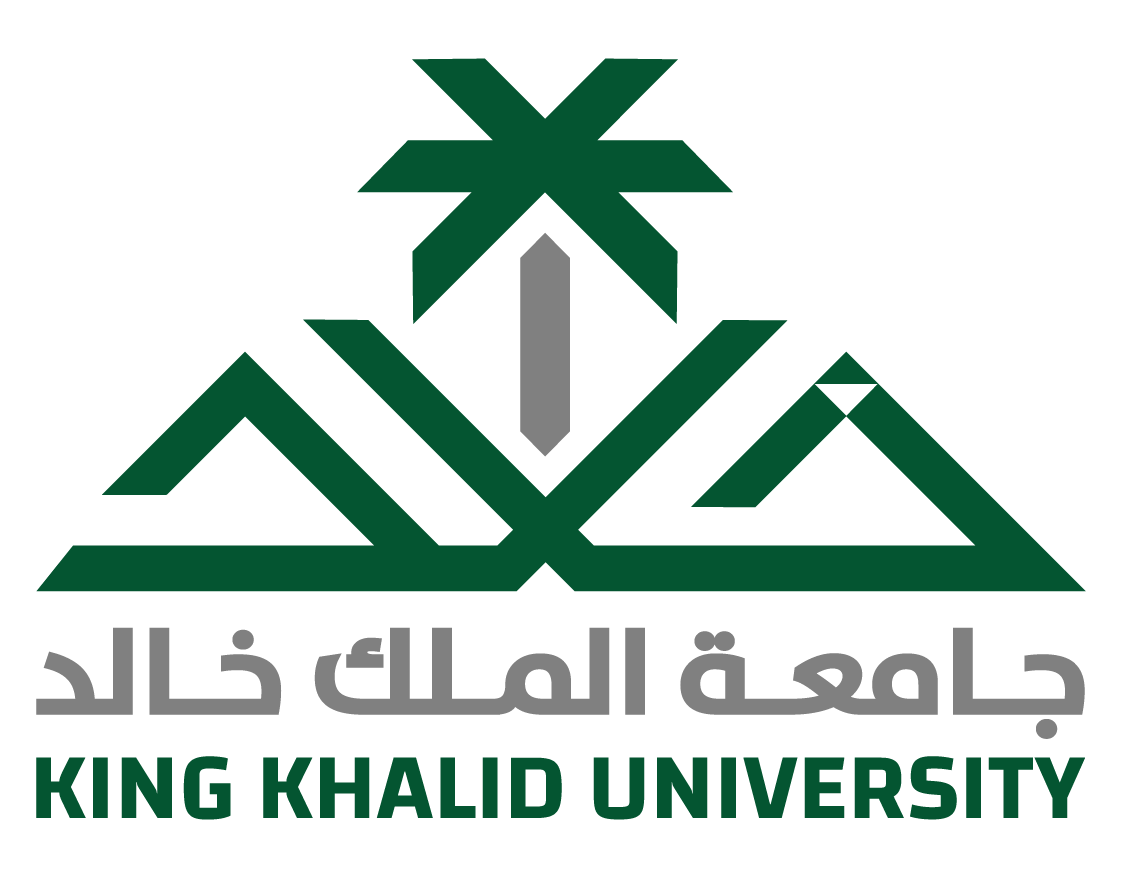الملخص
The present work is but a small contribution to an emerging multidisciplinary area of research with considerable potential about durability problems in concrete. Deterioration of concrete infrastructures resulting from physicalchemical attack by deleterious species accounts for a large proportion of durability problems. However, for sustainable development and associated social and economic concerns, it is necessary that the infrastructures retain their required durability and structural performance over the long term. The need for models that empower durability analysis and ordering of management systems such as schedule of repairs, service life design, service life prediction, as well as forensics that describe the deterioration mechanisms involved is imperative. Most of these durability problems result from individual but often synergetic mechanisms of chemical attack following transport of deleterious species such as heat, moisture, chloride ions, carbondioxide, and sulfate ions into the concrete. For realistic conditions to which concrete structures are subjected in the field, the coupled impact of mechanically induced damage cannot also be ignored. Mitigation against such individual or coupled deterioration mechanisms can be made possible by scientifically studying the behavior of the various energy/mass transfers, chemical reactions, and force mechanics that contribute to the degradation mechanism. Yet, most current mitigation methods for concrete degradation are empirical and depend on rule of thumb or curve fitting of extrapolations that are scientifically uncertain and therefore devoid of firm physical, chemical and mechanical foundations for prediction purposes

